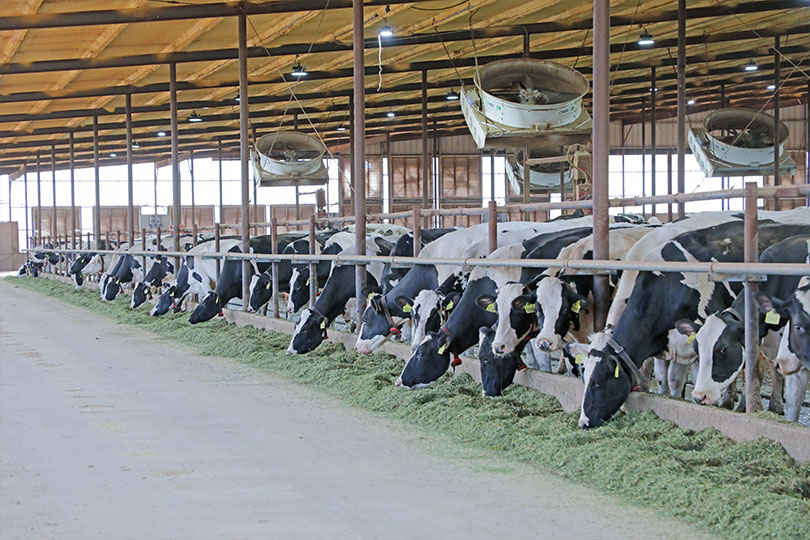The U.S. Department of Agriculture (USDA) is making a wide range of resources available to dairy farmers who have been affected by H5N1 avian influenza and to those who haven’t to help bolster biosecurity efforts.
Dairy farmers can receive up to $1,500 per affected premises to develop biosecurity plans based on existing secure milk supply plans. This includes recommended enhanced biosecurity for individuals that frequently move between dairy farms—milk haulers, veterinarians, feed trucks, AI technicians and others. USDA will also provide a $100 payment to farmers who purchase and use an in-line sampler for their milk system.
Dairy farmers who facilitate the participation of their workers in a USDA and Centers for Disease Control (CDC) workplace and farmworker study can receive up to $2,000 per month if they provide PPE and/or provider outwear uniform laundering for their employees.
USDA will cover fees up to $2,000 per premises for veterinarians to collect samples for H5N1 testing. Veterinary sample collection costs are eligible to be covered from April 29, 2024.
Dairy farmers can receive up to $2,000 per month if they establish a system to heat treat all milk before disposal. USDA also will cover shipping costs to labs in the National Animal Health Laboratory Network.
“USDA will pay actual shipping costs, not to exceed $50 per shipment for up to two shipments per month for each affected premises,” the agency said in a statement.
USDA will also release details in the coming weeks about a compensation program for dairy farmers for the loss of milk production using funds from the Emergency Assistance for Livestock, Honey Bees and Farm-raised Fish Program (ELAP).
“While dairy cows that have been infected with H5N1 generally recover well, and there is little mortality associated with the disease, it does dramatically limit milk production, causing economic losses for producers with affected premises,” the agency said. “USDA can support farmers with the ELAP program to offset some of these losses. This compensation program is distinct from the strategy to contain the spread.”
Additional H5N1 details
A federal order addressing pre-movement testing was implemented in April. Non-lactating dairy cows must first be tested before they can be moved to another state.
Federal and state officials first identified H5N1 in dairy herds in Texas in late February. Since then, the disease has spread to dairy herds in eight other states including Idaho, Colorado, New Mexico, Kansas, South Dakota, Michigan, Ohio and North Carolina.
Nearly 50 herds across the U.S. have detected H5N1 in their cattle.
Click here for more information about USDA’s response to HPAI in dairy cattle.


Leave A Comment